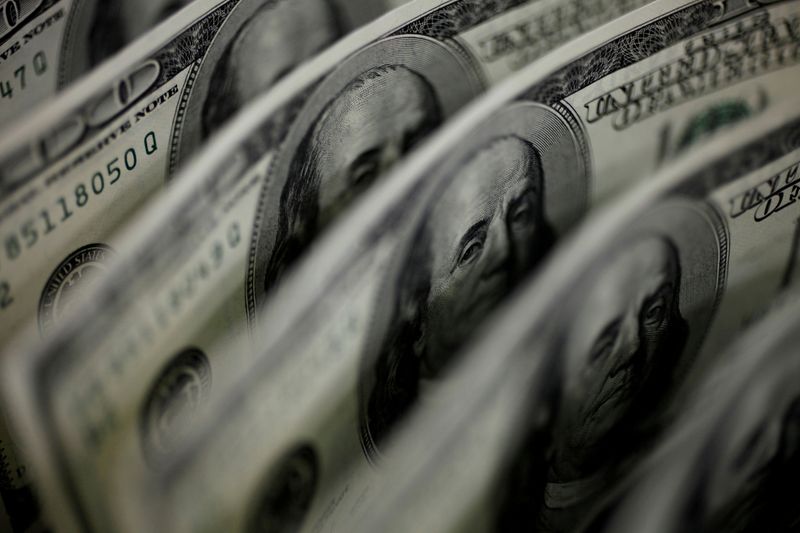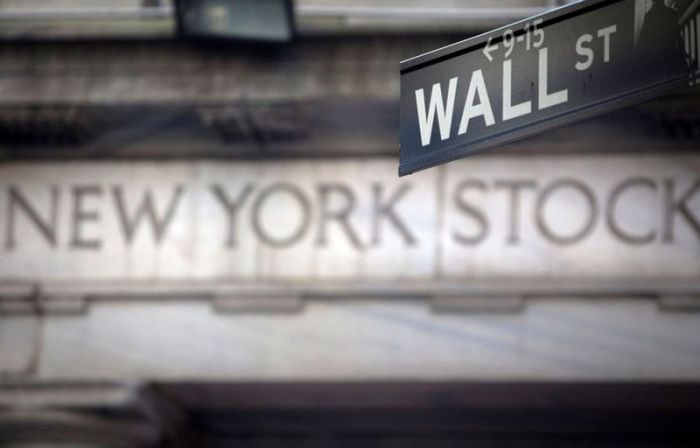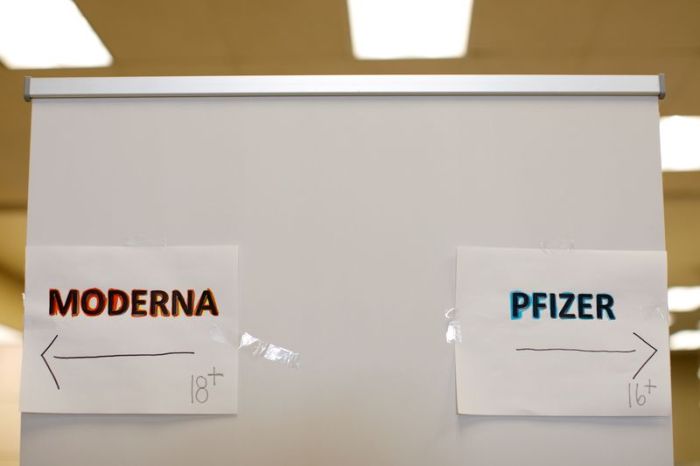NEW YORK (Reuters) – The dollar jumped from one-week lows on Thursday after two regional Federal Reserve presidents suggested a faster pace of reducing the U.S. central bank’s asset purchases, comments that pushed the greenback toward a key resistance level.
The dollar index, which measures the greenback against a basket of six major trading currencies, traded a bit higher just before the remarks by James Bullard, the president of the St. Louis Fed, who is considered a hawk on policy.
Bullard said in comments to CNBC that he was skeptical that inflation would moderate and for that reason the Fed needed to start tapering its bond-purchasing program.
“We have to get going on taper, get the taper finished by the end of the first quarter of next year. Then we can evaluate inflation, what the situation is,” Bullard said.
Dallas Fed President Robert Kaplan said the strength of the U.S. economy still puts the Fed on track to begin reducing its monthly bond purchases in October or soon after.
The dollar index jumped above 93, a key resistance level, to trade 0.27% higher at 93.0361. On Wednesday, the index had dropped to 92.801 for the first time since Aug. 17.
The euro fell 0.18% to $1.175, while the dollar gained 0.50% to 0.9181 against the Swiss franc.
Two weeks ago the dollar index rose above 93 and has been testing that level since then as a support level, said Steven Ricchiuto, U.S. chief economist at Mizuho Securities USA LLC.
The market will likely discount what Bullard said, in part because he is a non-voting member of the Fed’s policy-setting committee, but “his voice is heard in the room and you have to assume therefore it does have some impact,” Ricchiuto said.
POWELL EYED
Bullard and Kaplan’s comments came as the Fed’s annual Jackson Hole, Wyoming, symposium opened, with the spotlight on Fed Chair Jerome Powell’s speech on Friday.
Analysts doubt Powell will offer new hints about when the Fed may start to cut its asset purchases.
Powell will reiterate Kaplan’s message last week of being flexible and will have done a good job if the markets don’t move when he speaks, said Lee Ferridge, North American head of multi-asset strategy at State Street Global Markets.
“He doesn’t want the markets to panic that they’re going to taper into a slowing economy,” Ferridge said. “He’s going to walk this line of leaving the taper on the table but putting out the idea of flexibility as well.”
Benchmark 10-year Treasury note yields were last at 1.3424%, after reaching 1.375% following Bullard’s comments, the highest since Aug. 12.
The yen slid 0.04% to 110.04. Among commodity currencies, the dollar rose 0.76% to 1.2682 versus the Canadian dollar <CAD=D3> and 0.51% to 0.7289 versus the Australian dollarD.
Currency market swings have eased ahead of Powell’s speech, with implied euro-dollar volatility at a one-week low.
Meanwhile, more central banks worldwide are exiting or contemplating exiting from ultra-easy accommodative policies. South Korea’s central bank on Thursday raised interest rates for the first time in three years.
The won gave up initial gains, however, to fall 0.6% after the hike, which had been well-flagged. (Graphic: Bank of Korea’s policy interest rate, https://graphics.reuters.com/SOUTHKOREA-ECONOMY/RATES/jnpweeloopw/chart.png)
Declining oil prices weighed on the Canadian dollar. Brent crude futures settled down $1.18, or 1.63%, at $71.07 a barrel.
The looney has not broken through the 1.25 level with the U.S. dollar because of growth expections, uncertainty over the upcoming election in Canada and a recent decline in commodity prices, State Street Global Markets’ Ferridge said.
“It’s caught up in the commodity sell-off we’ve seen of late, the narrative of declining growth expectations – U.S. growth expectations have come down – and the Bank of Canada not being as hawkish,” he said.
(Reporting by Herbert Lash, additional reporting by Sujata Rao in London, Kevin Buckland in Tokyo; Editing by Kirsten Donovan, Emelia Sithole-Matarise and Jonathan Oatis)

























